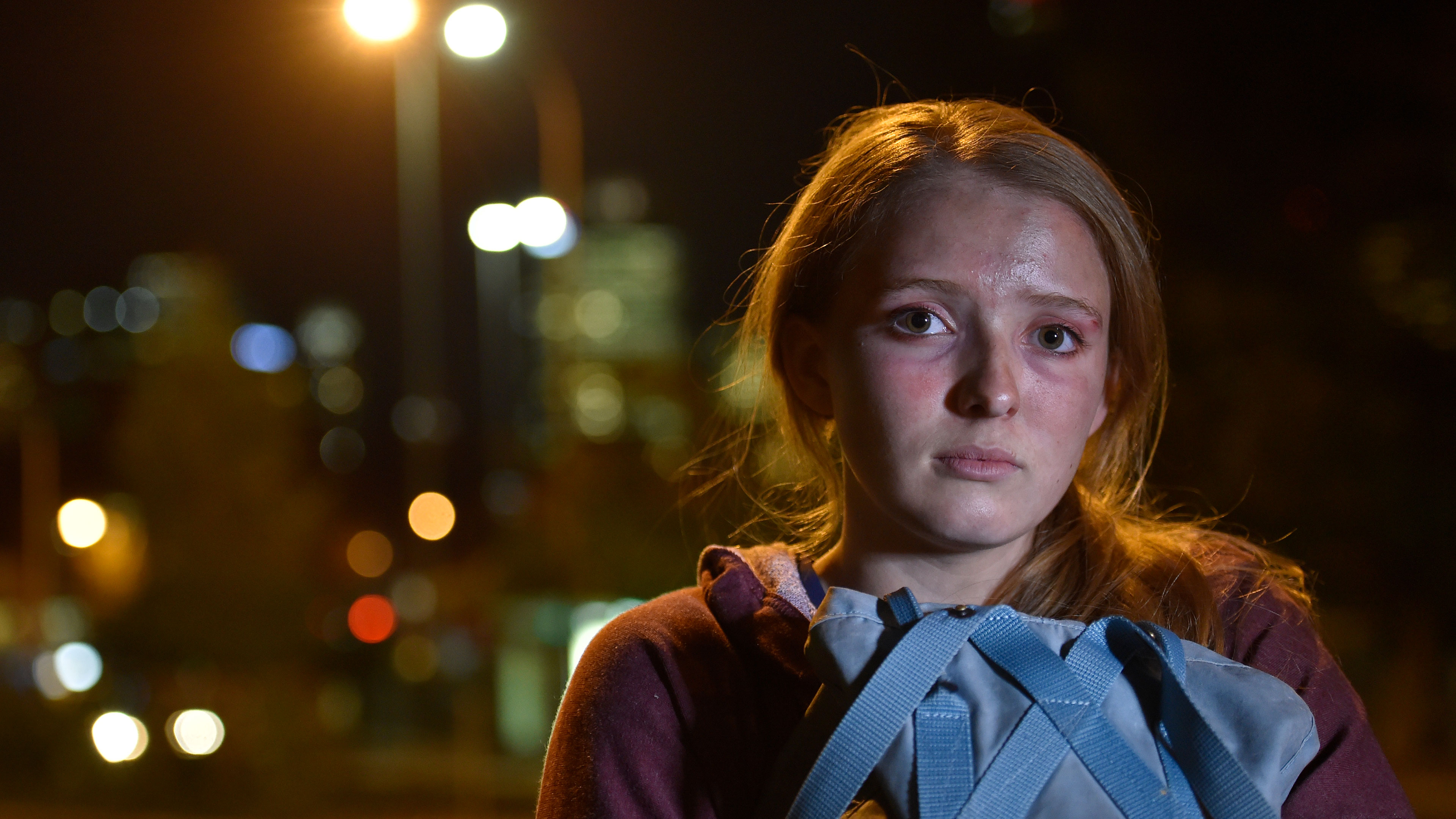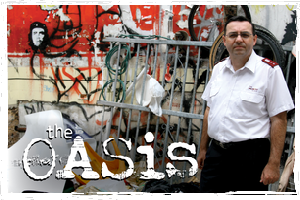Youth homelessness

How do young people become homeless?
In most circumstances, young people become homeless for reasons beyond their control. People who are at risk of or experiencing homelessness may reach out to a range of services, including schools and community agencies for support.
Across Australia, the government funds a range of non-government organisations to provide Specialist Homelessness Services. These services provide accommodation, case management and wrap around support for young people. In 2020-21, Specialist Homelessness Services supported around 41,700 young people aged 15-24 who were at risk of or experiencing homelessness.
The main reasons young people presented alone for assistance from Specialist Homelessness Services in 2020-21 were:
- Family and domestic violence
- Housing crisis
- Relationship/family breakdown
Other reasons why youth homelessness can occur include:
- Difficult family situations such as parental drug and alcohol abuse, abuse, neglect
- Leaving a parental home without stable employment
- Leaving state care without an appropriate plan in place
- Mental illness
- Alcohol and other drug issues
- Rejection or trauma associated with gender identity or expression
- Discrimination in the private rental market due to lower income or lack of rental references
- Insecure employment
- Less access to social housing
What happens to young people who experience homelessness?
For many young people who become homeless, it’s not their fault. Some have experienced violent parents and decide they are better off on the street, in a youth hostel, or sleeping at their friend’s houses night after night (called ‘couch surfing’). Sometimes, due to financial hardship for themselves or their families, others live in overcrowded housing, which is also a form of homelessness.
Youth homelessness in the form of overcrowded housing limits independence and privacy, increases stress and anxiety, exposes young people to violence and abuse, increases the spread of illness and disease, makes it difficult to study and therefore achieve positive education outcomes, and contributes to mental illness.
Living in a severely overcrowded dwelling is the most common form of youth homelessness (59 per cent of 12-24-year-olds who were experiencing on Census night 2016).
Zanthe (name changed for privacy) was living in an overcrowded and unstable home. This led to her own drug and alcohol abuse, a disinterest in her schooling, and exposure to frequent fighting in the home. Had Zanthe not reached out for support, this would have continued to be her reality.
Read how The Salvation Army helped Zanthe overcome her challenges and find a safe and stable home.
Get the facts
The 2016 Census highlighted the difficulty in confirming numbers of youth, aged 12-24, who are experiencing homelessness. Young people who may have been staying temporarily with a friend or ‘couch surfing’ provided a home address on Census night, even though they may not be permanently living there. When it comes to ‘couch surfing’, often the host family aren’t even aware that the young person is unable to go home.
From their information in the 2016 Census (Table 1.12) the ABS reported on Census night 2016:
- There are 116,427 Australians experiencing homelessness
- 27,680 young people aged 12-24 years are experiencing homelessness, or 24 per cent of the homeless population
- Most of the young people (aged 12-24) experiencing homelessness were living in 'severely' crowded dwellings (59 per cent) or in supported accommodation services (18 per cent)
- 10 per cent, or 2858 young people aged 12-24 were staying temporarily with other households
- 3 per cent of young people experiencing homelessness are sleeping out or in improvised dwellings, which shows the hidden nature of homelessness
- The proportion of persons classified as homeless who are aged 12–24 years is consistent with the total population experiencing homelessness across the states and territories
If you want to find out more about Youth and Children Homelessness Statistics, visit this page below.
Care leavers at risk of homelessness
Often young people don’t know where to go for help or how to find the resources they need. Even applying for Youth Allowance can be a confusing process, and many give up. Lack of support and connection to people often limits a young person’s options.
Young people that are transitioned out of their out of home care (OOHC) arrangements at age 18 are at risk of homelessness. Like many young adults, care leavers are often not well prepared to live independently, with sufficient incomes to support rental payments. Many have experienced multiple home placements, have had exposure to trauma, interactions with the justice system and disruptions to schooling. As a result, some have not learned independent living skills, struggle to find permanent housing and are at risk of homelessness.
A 2021 study by the CREATE Foundation of 325 out of home care leavers aged 18-25 found 30 per cent experienced homelessness in the first year after care, ranging from one week to six months or more.
The Salvation Army has a range of support for young people – find out how we can help you.
The Oasis Movie

Alongside the inquiry, a major feature documentary, The Oasis, was made by the documentary production company Shark Island Productions. Young people from one of our youth accommodation services in Sydney participated in the film for over two years, courageously sharing their life experiences.
"To prevent more young people becoming homeless, we need to find lasting solutions, based on what works. This is not just a social concern, but also an economic one. When you are homeless, it's almost impossible to hold down a job or acquire new skills. 20,000 homeless youth means 20,000 pre-skilled workers going to waste. Can Australia really afford that?" Major David Eldridge.
Find out more about how The Salvation Army helps people experiencing homelessness.